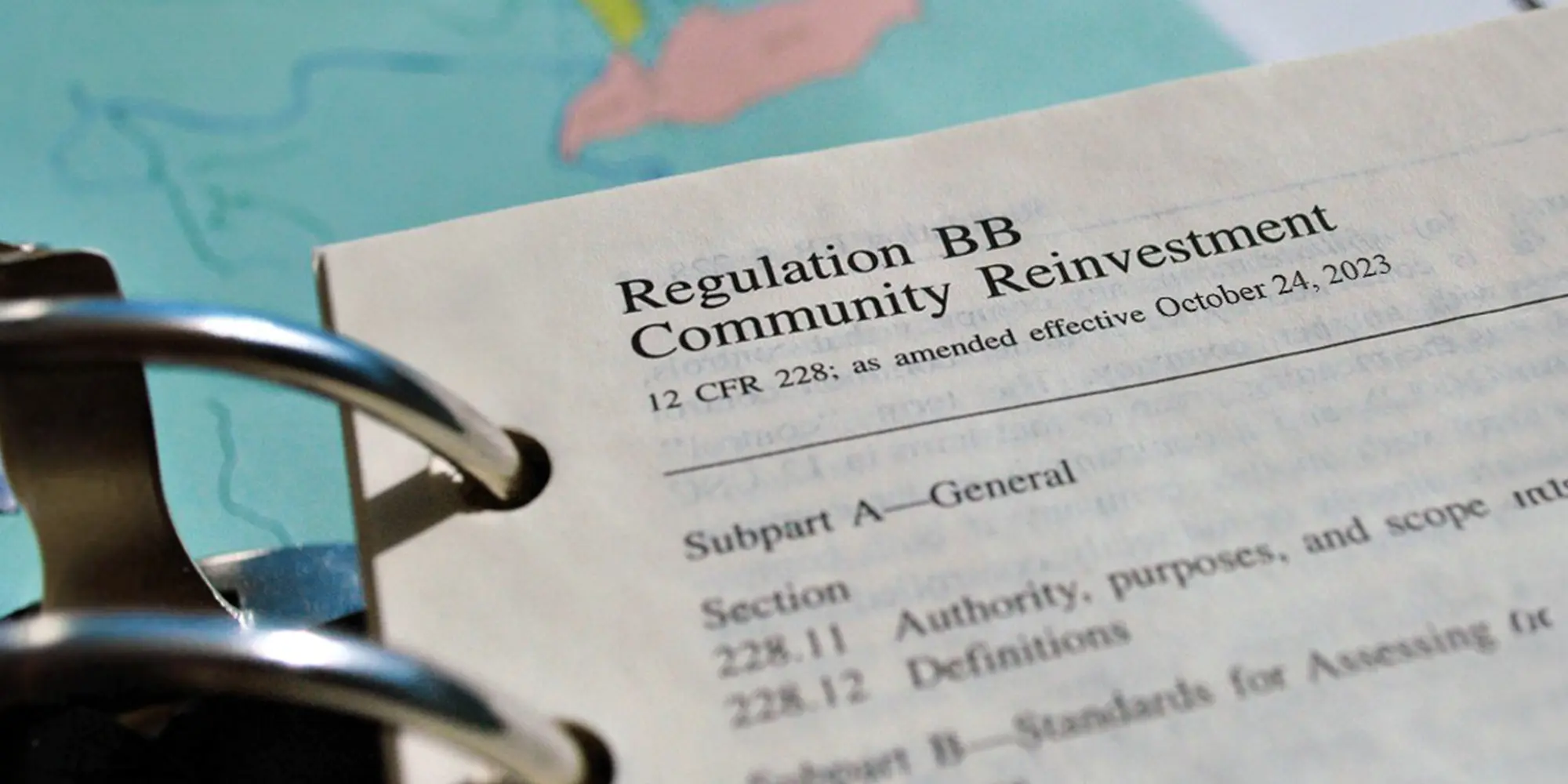The pandemic and national conversation on race have underscored the fact that Black and Latinx communities have far less access to capital.
In the private sector only 23% of Black-owned businesses used bank funding in the last five years, in contrast with 46% of white-owned companies. This could account for why many Black-owned businesses were excluded from PPP program funding, forcing them to close their doors at twice the rate of others.
One way of addressing this disparity in access to capital is through partnerships with community-based financial institutions. NYC-based Carver Bank, whose core mission is supporting Black and Latinx populations, re-invests 83¢ of every dollar into the communities it serves. Over the past few months, large corporations have begun to recognize community based financial institutions for their vital work, lending financial support and capacity.
Still, these institutions’ $222.3 billion in assets represent only a small portion of the financial sector. In order to make transformative change, larger financial institutions must re-think the way they’re engaging underserved communities. Large institutions bring access to capital, compliance infrastructure and outsized policy influence, while community banks bring engagement, credibility and—most importantly—trust.
Trust is important given historic mistrust between Black and Latinx communities and large financial institutions, due to banks’ predatory lending and redlining. Forging these partnerships will help bridge this gap, allowing both entities to deploy capital more efficiently and expedite the recovery of underserved communities.
The wealthy always recover exponentially faster from recession, and upward-trending stock markets suggest they may end the year better than they started, in the midst of a pandemic no less. If wealth gaps widen exponentially through this recovery, it will cause irreparable harm that globalization and technology can’t fix this time. Letting these communities fall behind is not only inconsistent with the values espoused by corporations in this moment of enlightenment, but it also decimates our nation’s collective self-interest, as these communities are home to America’s essential workers.
These communities can’t wait for the Federal Reserve’s trillions in COVID-19 stimulus to simply trickle down. This crisis calls for innovative, bottom-up policy solutions—and for the private sector to move beyond the comfortable. Transformational leaders must begin now to predict the economic impact of inequity in recovery, create policy proposals and provide capital to underserved communities.




